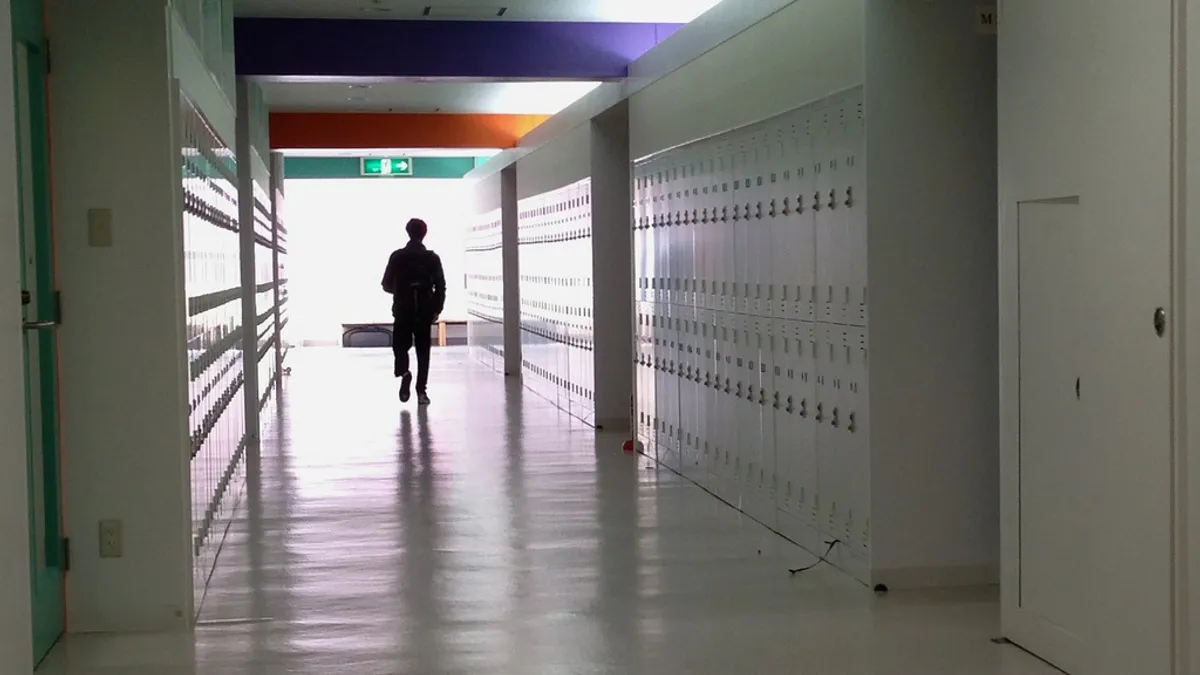Dive Brief:
- The first recovery high school was founded in Maryland about 40 years ago, but only 38 such high schools currently exist, serving fewer than 2,000 students in 15 states nationwide — despite federal estimates that roughly one million middle- and high-school-age students are dealing with substance abuse, with only about 180,000 of those receiving any form of treatment, District Administration reports.
- Because recovery high schools allow students who have gone through rehab to earn their diploma in a drug-free environment, away from the temptations of their formed high school peer group, these students are more likely to graduate and stay clean while also benefiting from a new peer group that understands their struggles, as well as recovery specialists who help them cope.
- However, the limited scale of these schools — which average 30 students each — makes the model costly to operate, running between $18,000 and $25,000 per student, researchers say. The limited scale also makes it impossible to provide all the extra-curricular options and courses available in a traditional high school, and maintaining rigorous standards can be a challenge.
Dive Insight:
The frontline of dealing with substance abuse issues in schools should be education, prevention and early intervention, as District Administration notes. But with the growing opioid epidemic added to the problems of alcohol and other substances, the issue is affecting schools at an alarming rate. The opioid crisis is impacting attendance rates at schools and causing counselors to divert time and resources to helping students survive the conditions caused by the addiction of a family member or themselves.
Once students go through rehab, however, the problem becomes where to put them as they complete high school. These students often require more intense monitoring and support than the typical school can offer. And placement into the same peer environment as before is often counter-productive to recovering substance abusers.
Recovery high schools can offer a good setting for these students. Some are private, but the cost of these is often more than students and their families can afford. Some traditional public schools and charter schools also offer the recovery high school format, but the cost and erratic enrollment in these programs often cause them to struggle to succeed. Some recovery high schools are now offering a remote online version, which can be an option even for public schools with access to virtual academies. However, this setting does not offer the same level of support and peer interaction as traditional recovery high schools.
Most of these schools are partially funded through insurance and partnerships with other agencies or non-profit groups. But insurance funding for opioid recovery is not as high as it is for recovery from alcohol abuse and that is a growing factor for some recovery high schools. On the other hand, more grant funding for opioid programs is now available through federal and state sources, so it may be possible to divert some of that funding toward efforts to educate recovering opioid abusers.
Another option may be to look at partnerships with local institutions of higher learning. Many community colleges and universities now offer supports for recovering addicts on their campuses. It may be possible to explore offering programs where high school students can earn their diploma online while benefiting from some of the support systems and resources already available in these settings. Finding the right answer will likely require some creative thinking and collaboration, but the result may be the opportunity to give these students a future they thought they had lost.












